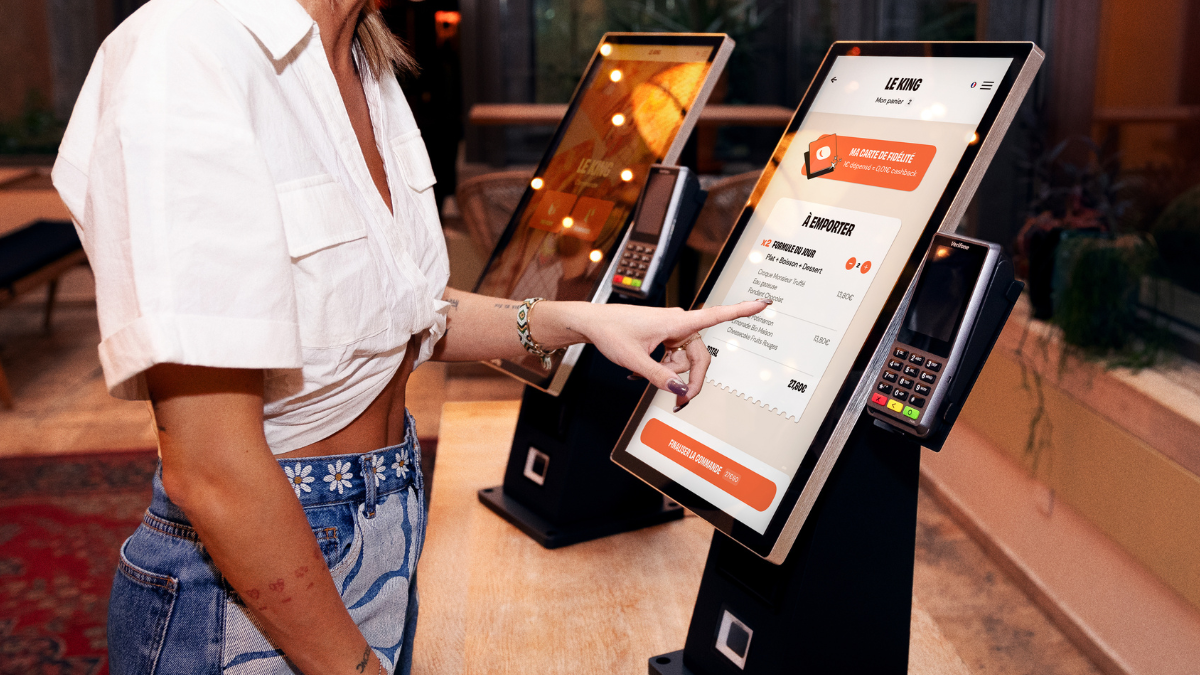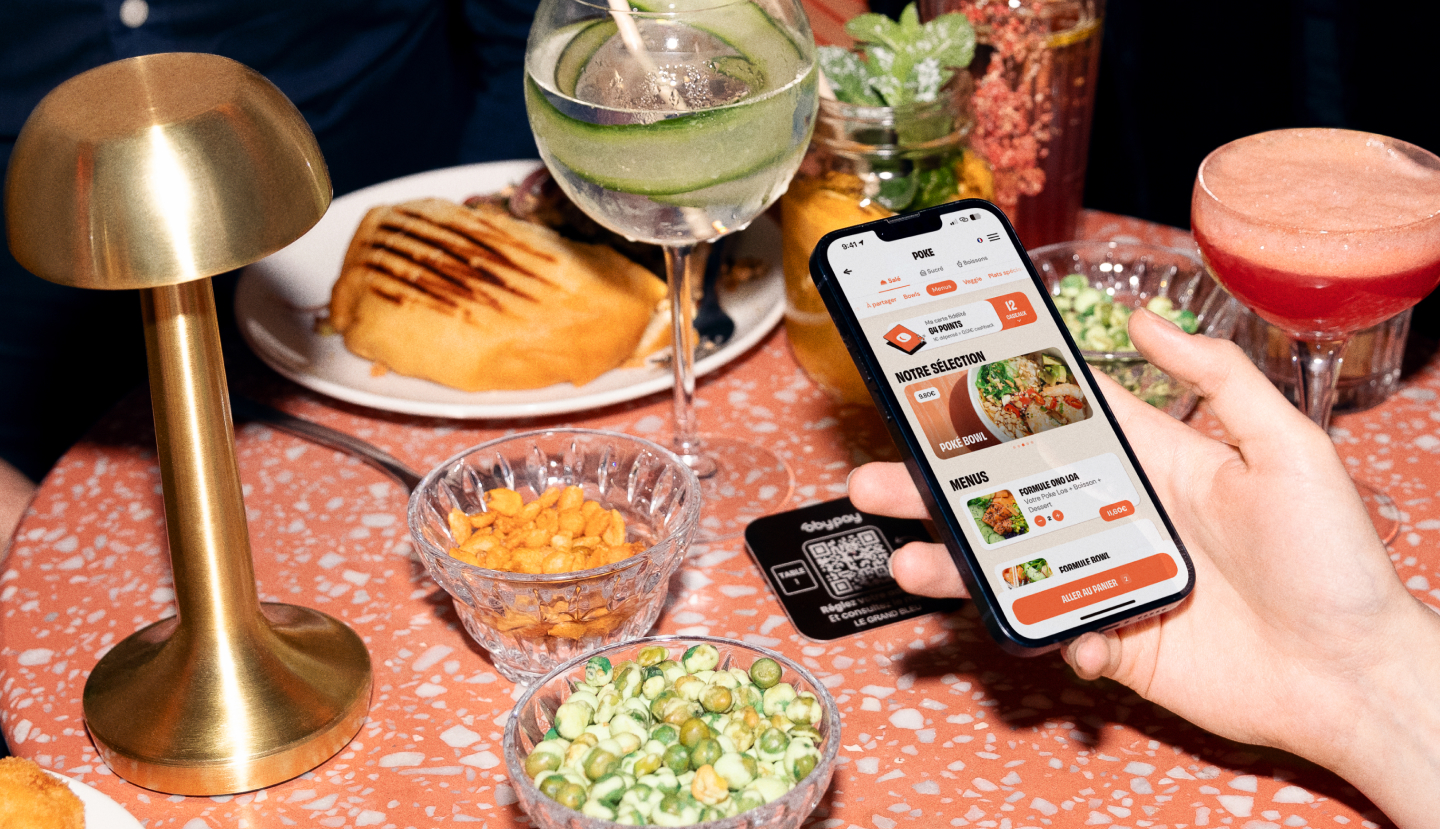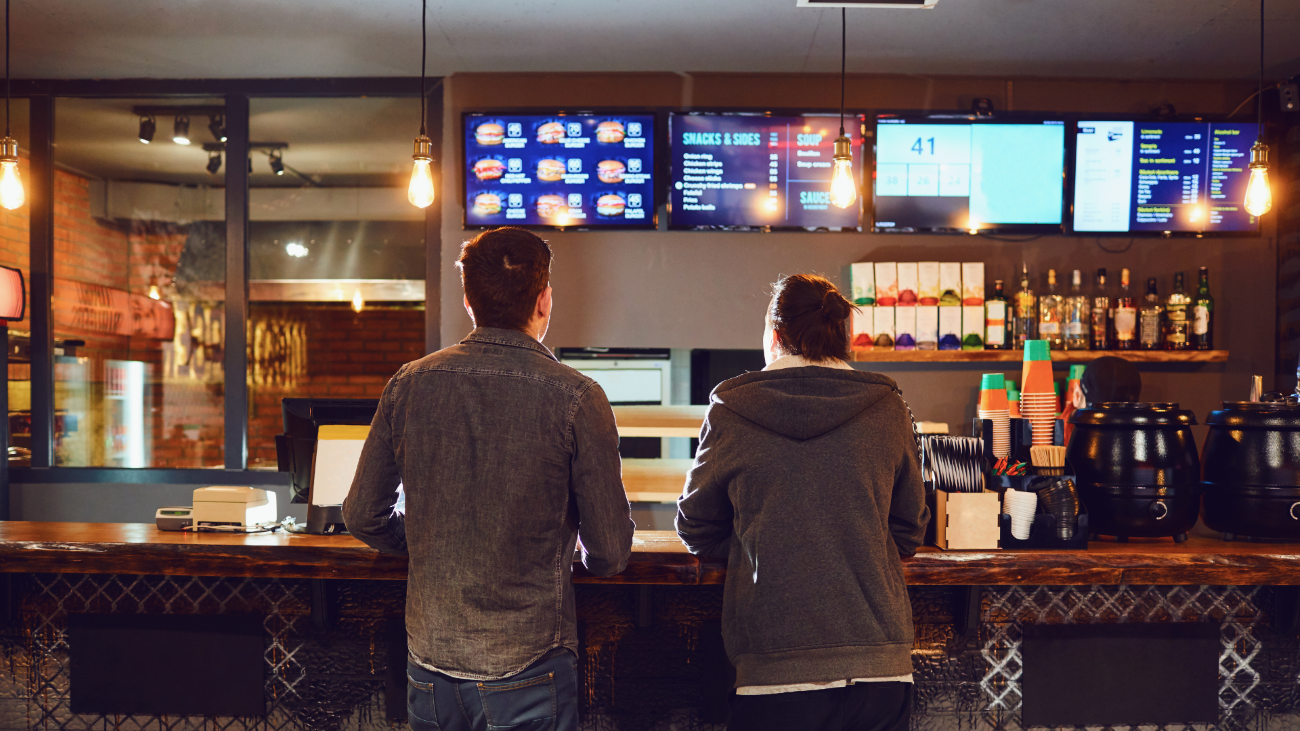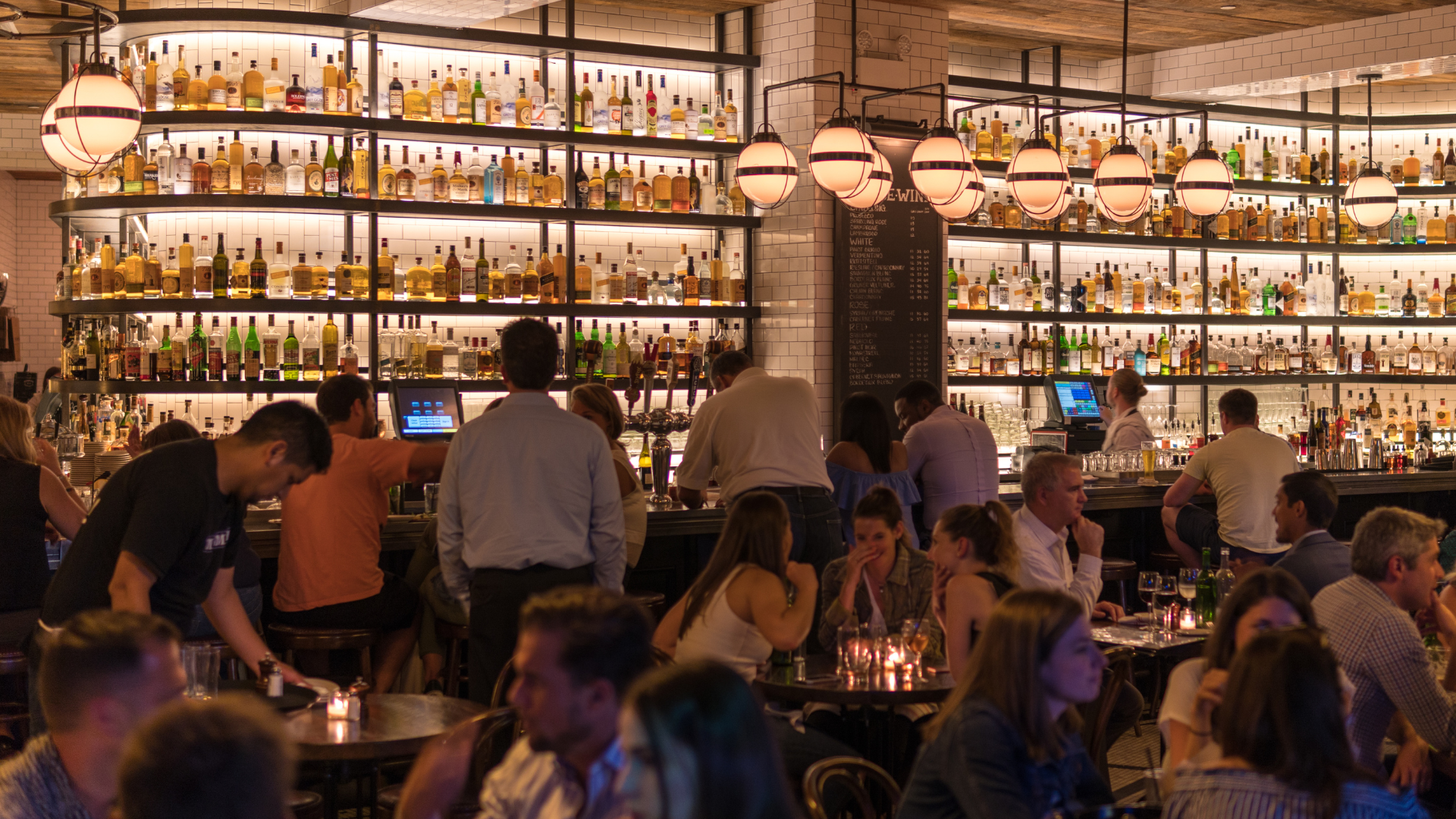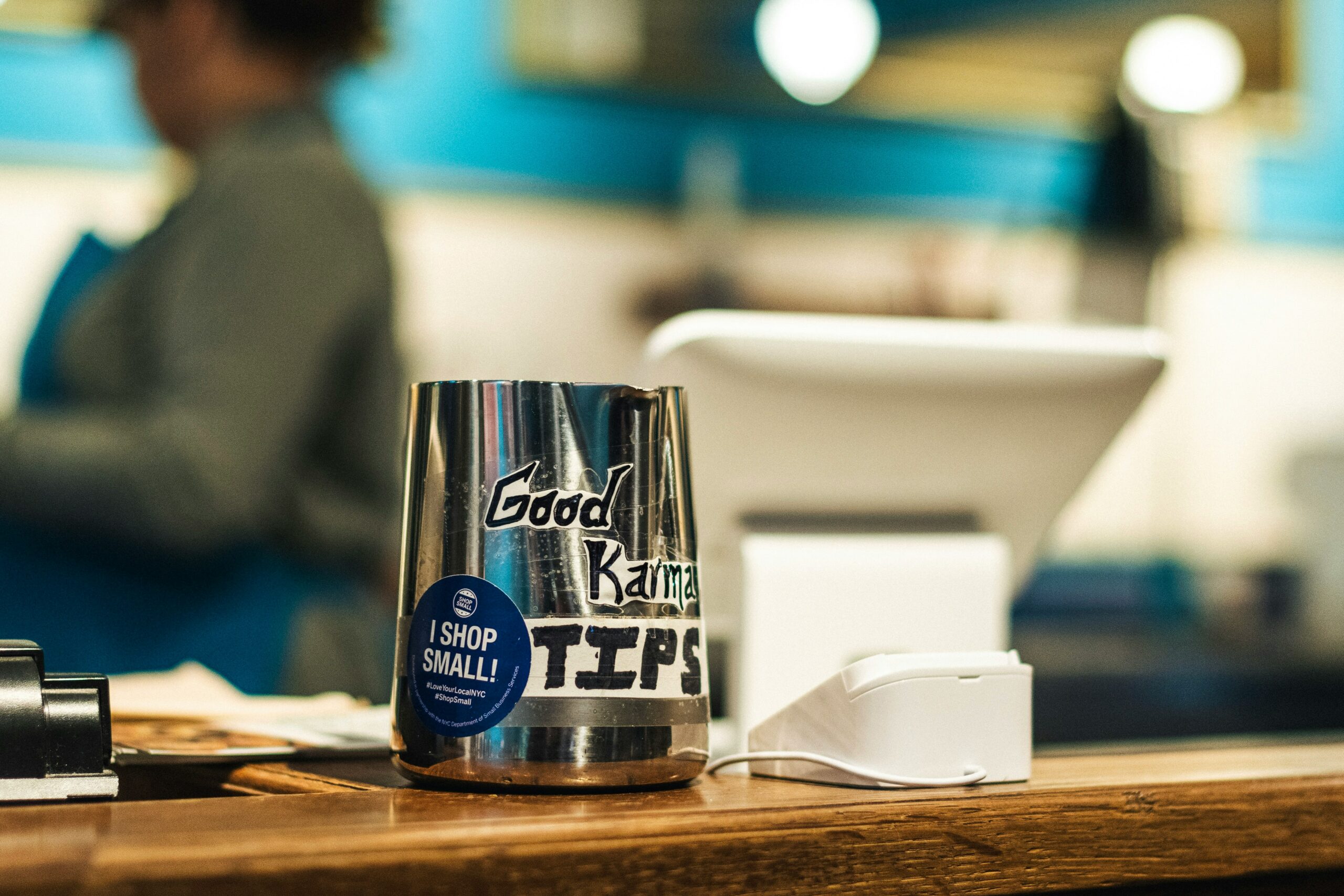Catering: how much does a kiosk cost?
August 05, 2024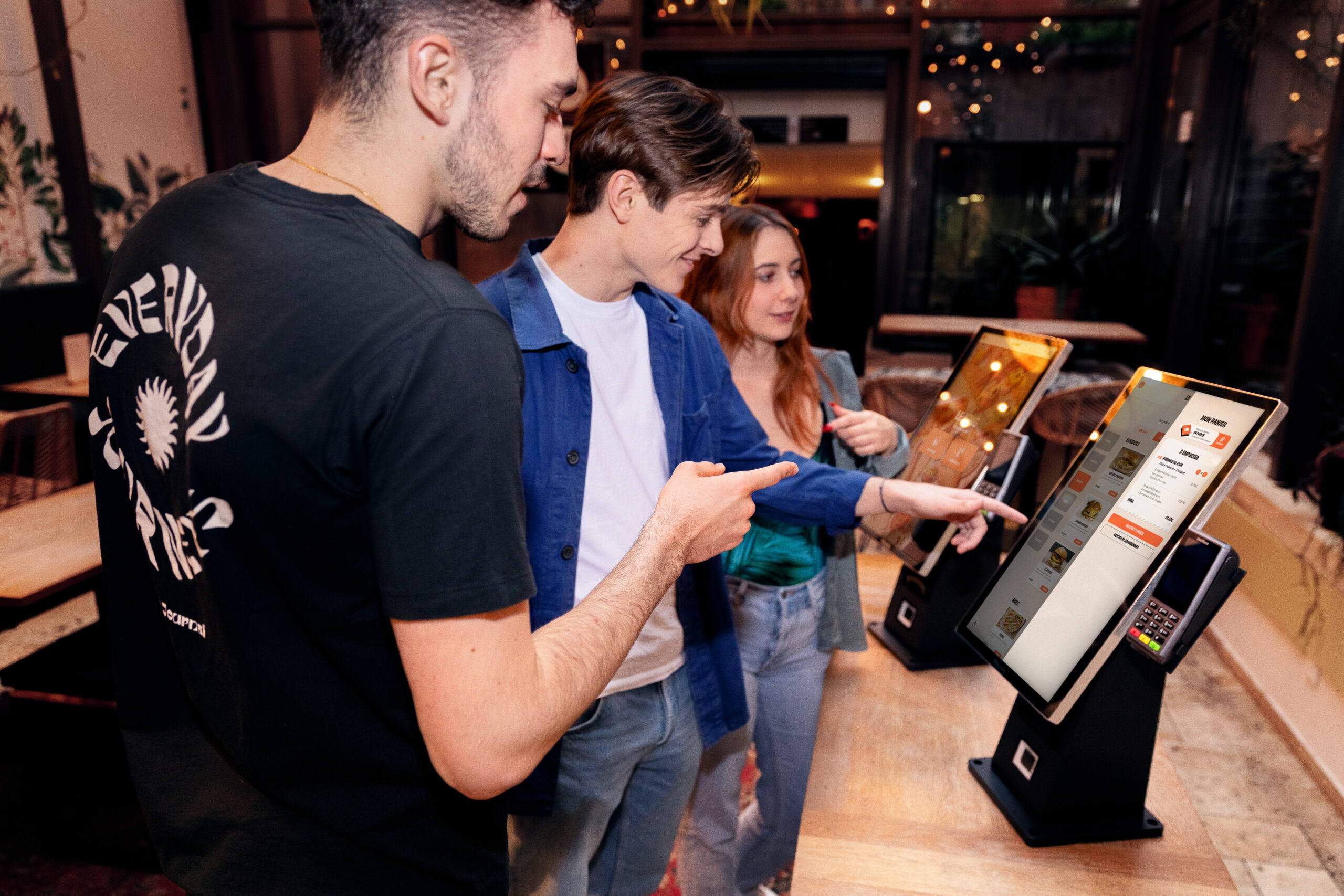
Are you a restaurant owner hesitating to install ordering terminals in your establishment, but are puzzled by the cost? You're not alone.
Ordering kiosks, which have become an almost unavoidable feature of the foodservice sector in recent years, have aroused as many questions as curiosity.
While these revolutionary solutions promise significant improvements in efficiency and customer experience, the question remains: " How much do these terminals really cost, and are they really worth it? ".
In this article, we tell you all you need to know about order terminals, demystifying their costs and assessing their return on investment.
Why invest in a control terminal?
Before delving into the financial details, let's take a quick look at why control terminals have made a remarkable entry into the foodservice sector.
By automating the ordering process, these kiosks reduce queues, improve service efficiency and free up valuable staff time.
They also enable greater customization of orders, which can result in an increase in the average basket suggestion of options, complementary products or menu size... Order kiosks will never forget to offer paying options to your customers, and will be your best ally in boosting your average ticket.
These advantages are all the more relevant in a foodservice environment where speed and customer satisfaction are essential.
But we'll come back to this in more detail at the end of the article, so let's get to the heart of the matter.
What factors influence the price of a control terminal?
1/ Type of terminal
The control terminal market is diverse, with options ranging from entry-level models to high-end solutions, each with distinct features that influence their price.
Some examples of control terminals :
➜ Pedestal bollard : Often used in fast foodThey are larger and more suitable for high-traffic environments. Their cost may be higher because of their robustness and ability to handle a large number of transactions.
➜ Wall terminal : Less bulky, they are ideal for small spaces and generally cost less than free-standing bollards.
➜ Countertop terminal Ideal for restaurants where space is limited. These bollards are more compact and can be mounted on a counter. They are often less expensive than stand-alone bollards, but require closer integration with existing furniture.
➜ Tabletop terminal : Ideal for traditional restaurants and very present in leisure complexes such as the bowling alleys or the karaokeThey allow customers to order from their table. Their cost is often intermediate.
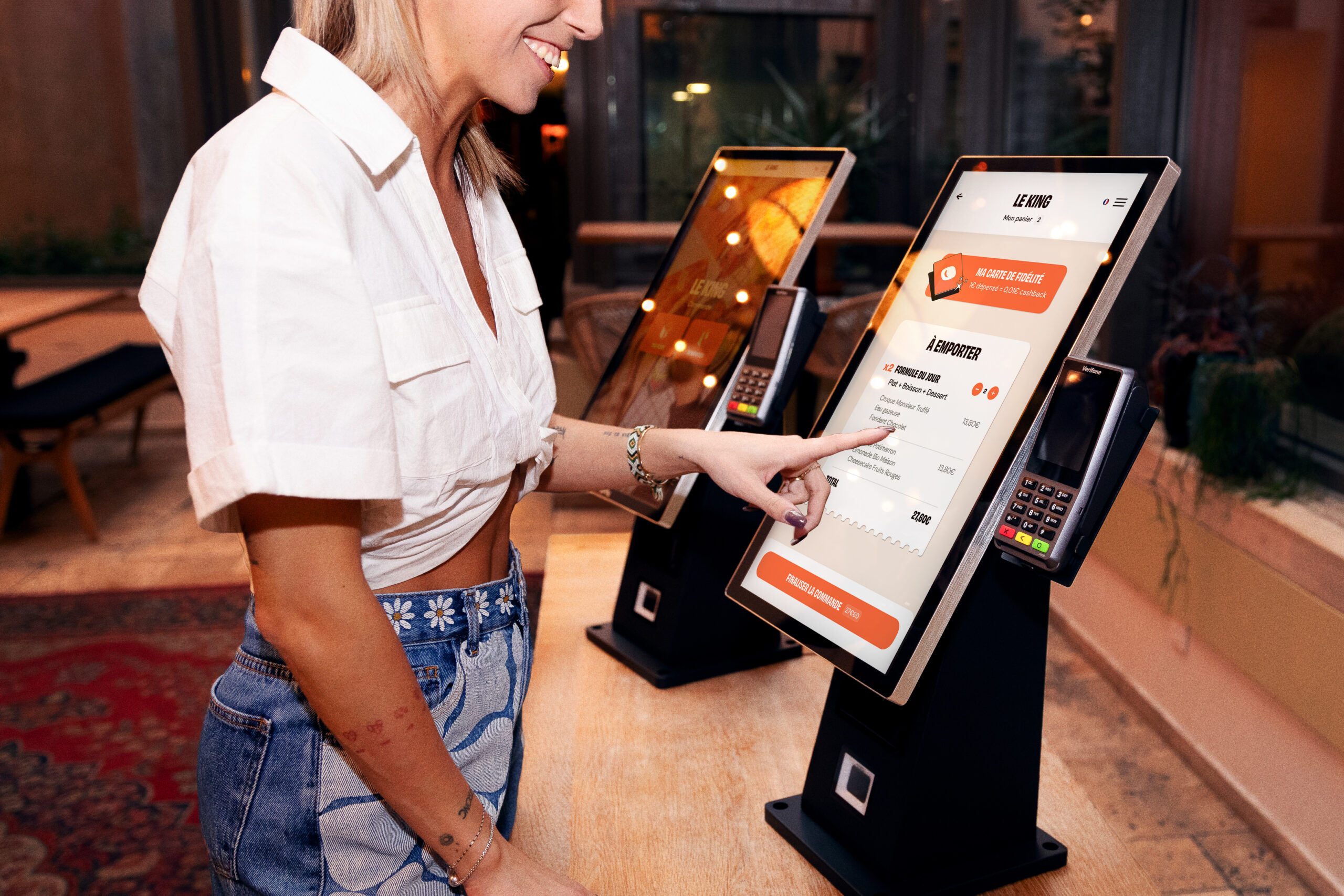
2/ Features and functions
Functionality plays a crucial role in determining price. Simple kiosks, offering only an ordering interface, will be less expensive than those incorporating options such as integrations with restaurant management systems, mobile payment capabilities, or loyalty tools.
A kiosk with a customized user interface, multilingual options and automated product recommendations will cost more, but can offer a significant return on investment thanks to a better user experience.
Some examples of features:
➜ Real-time menu management : Instant menu updates in the event of stock shortages or changes to the daily specials.
➜ Product suggestions : Automatic suggestions for supplements (e.g. add French fries or a drink).
➜ Product showcase : Dynamic display of special offers and promotions.
➜ Payment management : Integration with a variety of payment methods; credit cards, mobile payments (Apple Pay, Google Wallet), kitty payments such as the cashback and even cashless.
➜ Multilingual display : Interface available in several languages to suit international customers.
➜ Loyalty program : Connection to loyalty programs to collect points and benefit from discounts.
➜ Data collection : synchronization with your CRM to collect data that can then be used for marketing campaigns
3/ Customization and design
Bollard customization and design can also influence price. Standard bollards with pre-configured designs are generally more economical than custom models, which require specific design to adapt to your particular functional needs.
However, a bespoke design can improve integration into your space and contribute to a better user experience.
Some examples of customizations:
➜ Branding and visual identity : Your restaurant's logo prominently displayed on the interface and color themes to match your corporate identity.
➜ Customizable user interface : Configurable home screen with your own images, videos and promotional messages
➜ Accessories and integration : Customized supports and structures to blend harmoniously into your catering space.
➜ Screens and materials : Choice of scratch-, splash- and wear-resistant screens for enhanced durability.
➜ Ergonomics and accessibility : Intuitive, easy-to-use interface with large buttons and clear options for all customers.
4/ Installation and configuration costs
The initial price of control terminals does not always include installation and configuration costs. These additional costs may include hardware installation, integration with your existing systems (such as cash register systems or management software), as well as staff training. It is essential to consider these costs in order to get an accurate picture of the budget required to implement bollards.
Cost estimates
On average, the cost of a control terminal can vary between 2,000 and 10,000 euros, depending on the specifications and features chosen. Entry-level models start at around 2,000 to 4,000 euros. Some top-of-the-range models with particular technical constraints (e.g., outdoor bollards adapted to a specific climatic environment such as a beach, etc.) can exceed 10,000 euros.
However, it's important to take into account not only the initial cost, but also the recurring costs, such as the monthly subscription for the kiosk management and maintenance software.
These monthly subscriptions can range from 50 to 200 euros per outlet, depending on the features included and the number of outlets. Of course, the more points of sale you have, the cheaper the subscription. Be sure to consider these costs to get an accurate overview of the investment required.
How to reduce your bill?
Investing in control terminals represents a major financial commitment, but there are several strategies that can help you reduce costs:
1/ Price negotiation
If you need more than one terminal, or if you manage a multi-site networkIt is often possible to negotiate a reduced price based on the volume of purchases. What's more, by specifying the exact features you need, you can avoid paying for superfluous options and optimize the final cost.
2/ Terminal rental
Leasing control terminals is a flexible option that reduces the initial investment. You can rent the kiosks for a fixed period, allowing you to test their efficiency without having to commit large amounts of capital from the outset. Rental fees often include maintenance and technical support, reducing additional costs.
3/ Leasing
Leasing is an interesting alternative that combines the advantages of renting and buying. With a leasing contract, you pay fixed monthly installments over a specified period. At the end of the contract, you have the option of buying back the terminals at an attractive residual price. This solution smoothes out costs over several years, making it easier to manage your cash flow. Some leasing offers also take the form of payment facilities. In this way, you gradually become the owner of your equipment.
4/ Focus on low cost? A bad idea
It may be tempting to turn to low-cost options to cut expenses, but this strategy comes with risks. Inexpensive kiosks may lack essential functionality, be less reliable and offer limited technical support. This can lead to hidden long-term costs, such as frequent repairs, poor customer experience and reduced equipment life.
We're not the type to poke fun at the competition, but if you want your customers to enjoy a smooth, latency-free experience when placing an order, putting your hand in your wallet will enable you to leave a very good impression.
Investing in quality solutions from the outset guarantees greater sustainability and optimum customer satisfaction.
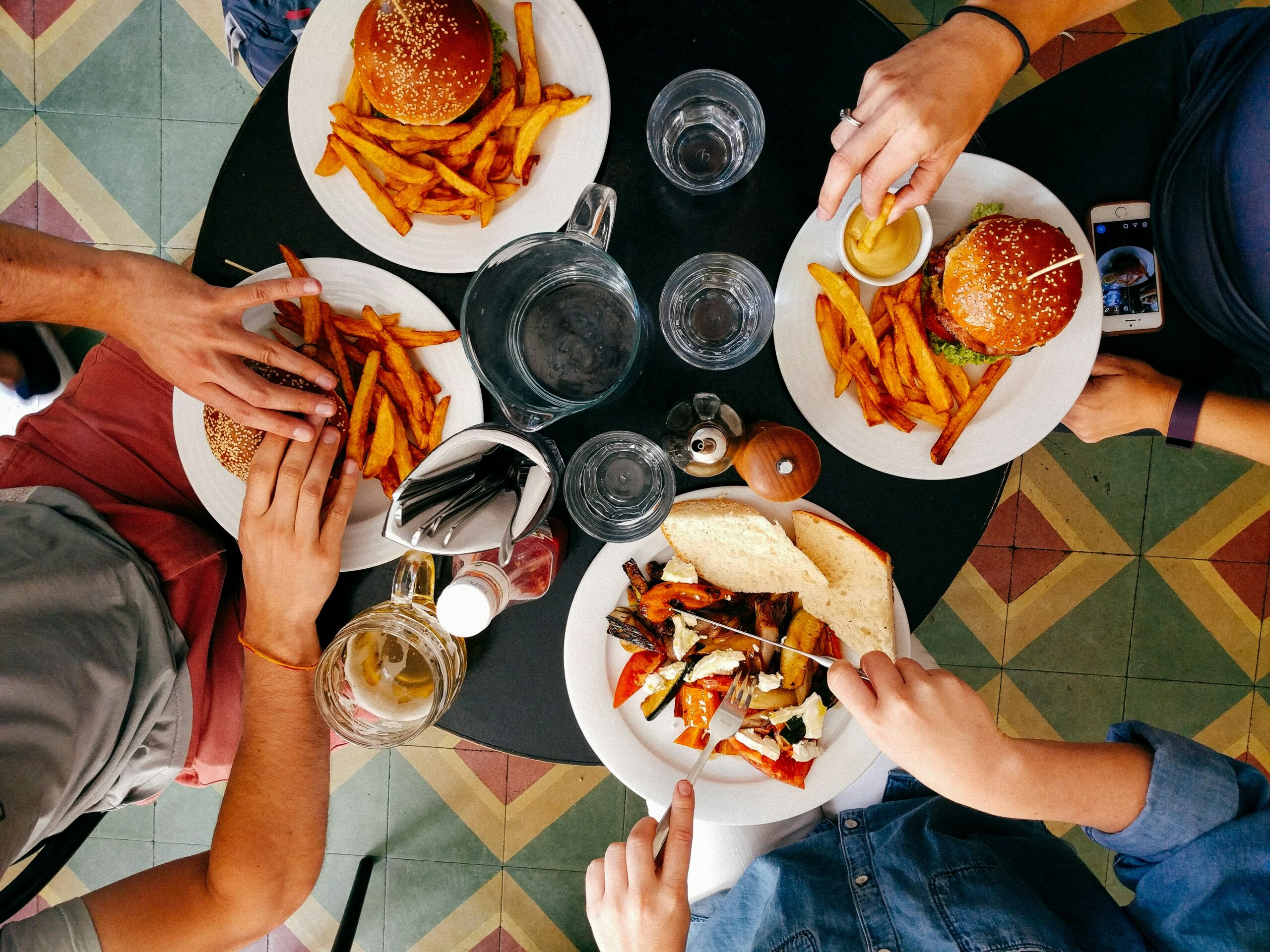
A real return on investment?
At this stage, you may be tempted to postpone the project. (if not forever!).
Rest assured, if 38% of French restaurateurs have already invested in order terminals, it's because the return on investment is real.
At the start of this article, we listed the main benefits of an order terminal. But as a restaurateur, you need concrete results. So let's take a look at the advantages of ordering kiosks.
1/ Increase in average shopping basket
Order kiosks are designed to encourage customers to spend more. Thanks to automatic suggestions, promotional offers and visually appealing product presentation, kiosks can increase each customer's average basket by 15 to 30%.
For example, a suggestion for an extra dessert or drink at the time of ordering can easily increase the total amount.
2/ Improving operational efficiency
Order kiosks reduce queues and streamline the ordering process. By automating the order-taking process, you free up your staff to concentrate on other tasks, such as preparing orders or greeting customers. This not only improves operational efficiency, but also customer satisfaction.
3/ Reducing labor costs
By automating order taking, you can reduce staffing requirements. While this doesn't necessarily mean downsizing, it does allow you to redeploy staff to maximize efficiency, and reduce labor costs in the long term.
4/ Reducing ordering errors
Human error in order taking can be costly in terms of time and resources. Order kiosks eliminate this risk by enabling customers to place their orders directly, thereby significantly reducing errors. The result is greater customer satisfaction and savings on corrections and error-related losses.
5/ Increased table rotation
With order kiosks, customers can place their orders more quickly, reducing waiting time and making it possible to faster table rotation. This is particularly beneficial during busy periods, as it means more customers can be served in less time, boosting overall revenues.
6/ Gathering valuable data
The order terminals collect valuable data on your customers' consumption habits. This information can be used to personalize offersand improve marketing. By better understanding what your customers like and how they order, you can tailor your offer to perfectly meet their expectations, thus increasing their satisfaction and loyalty. loyalty.
1,500 restaurants have taken the plunge with us, what about you?
Although the initial investment in ordering kiosks may seem high, the benefits they bring in terms of customer satisfaction, operational efficiency and profitability make them a wise choice for restaurateurs.
The possibility of increasing the average basket, reducing labor costs and improving the overall efficiency of your establishment are concrete, measurable benefits.
With strategies such as rental or leasing (and avoid unreliable low-cost options!) you can optimize your investment and ensure the successful integration of this solution for your facility.
Don't let this opportunity pass you by. Join the 1,500 restaurants that have already taken the plunge with us, and benefit from the many advantages of order terminals. For a personalized estimate, book an appointment with our team today.
Want to find out more?
➜ Do you like donuts? We sure do! Discover the case study of Krispy Kreme
➜ More of an oceanfront cocktail? Discover the Food Court case study Palmito








